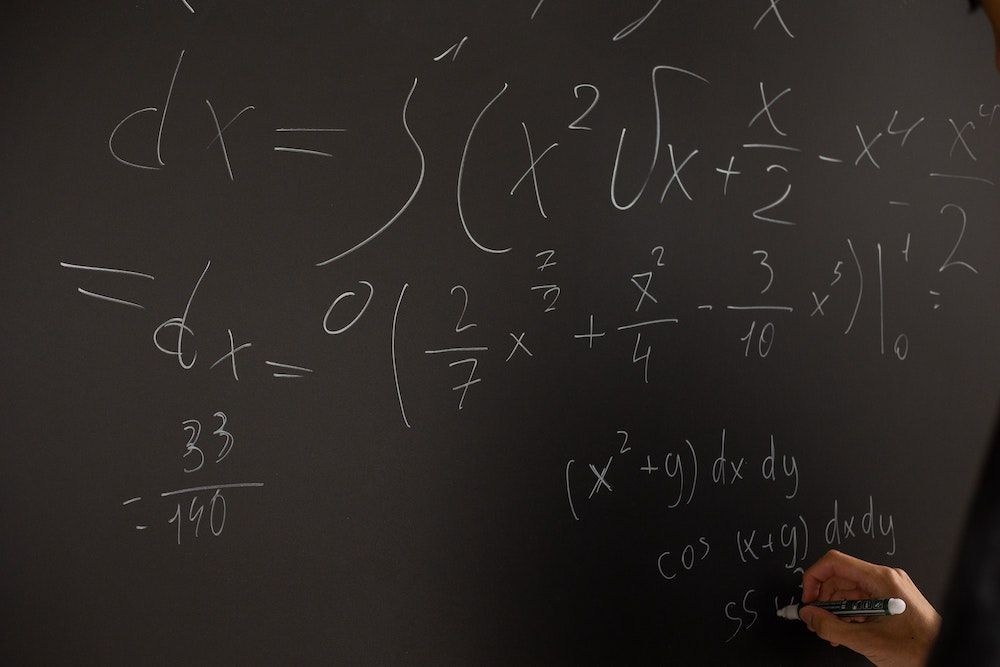You're Reading: Understanding Projectile Motion and Golf Ball Flight

In this article, we look into the physics of golf, specifically projectile motion. According to Wikipedia, “projectile motion is a form of motion experienced near the Earth’s surface and moves along a curved path under the action of gravity only.” Certain kinematic equations are used to calculate the flight of a projectile, its air time, and of course distance traveled. Naturally, as golfers, the projectile of interest is a golf ball, and the motion describes the flight of the ball from the moment of impact to the moment the ball hits the ground. While most golfers are hopefully aware of their distances for each of their clubs, we will explore the physics of these shots, so get ready for a little math!
For the purposes of this article, we will assume that the point of impact and target are at the same elevation. In other words, the golf ball is struck under flat conditions. Below, we list the two equations needed to solve this type of problem: Kinematics Equations:
Essentially, these equations calculate the vertical (y) and horizontal (x) displacements of a golf ball based on information such as initial velocity, time elapsed, and acceleration. Thus, we need to know ball speed, launch angle, and the acceleration due to gravity which is commonly known, for those physics’ fans, to be 9.8 m/s2. In the following example, we will assume the flight of a golf ball that was struck with a 7-iron. Trackman stats indicate that the average ball speed on the LPGA tour with a 7-iron is 104 mph with a typical launch angle of 19.0°. At this point, we can see that some of our units are in conflict, namely gravity in m/s2 and ball speed in 104 mph. Consequently, we need to either convert gravity to miles per hour2 or ball speed to meters per second. Since mph is standardly-used in golf, we will perform the former. Below shows the following conversion:
Finally, we need to identify a simple piece of logic: y, or the vertical difference, will be zero at both the moment right before the ball is struck (t = 0 which is t1) and after the ball hits the ground (t = ? which is t2). Ultimately, we need to calculate the currently unknown value of t2 using Equation 1.1 and then plug the value into Equation 1.2 to calculate the horizontal distance traveled, which is the number with which golfers are most concerned. Thus, we set y to 0, use the values of ball speed and gravity for vi and a, respectively, and solve for t. Below, we perform this calculation with the help of the quadratic equation.
As you can see, this results in two values for t: 0 and 0.00086. The value 0.00086 in hours, as stated earlier, is the time the golf ball is in the air. With this value for t, we can solve for the horizontal displacement. See below:
At first glance, this answer appears a bit odd when describing the distance of a 7-iron swing. This is because it is in terms of miles. Thankfully, we can use the conversion that 1,760 yards are in one mile, indicating that the ball’s distance in yards is 1,760 times 0.085 = 149.6 yards.
Of course, in real-life, the flight and distance of a golf ball is determined by a variety of additional factors such as humidity, temperature, altitude, and spin rate. Also, note that we are only considering the carry distance and not the roll. Nevertheless, this example provides a solid foundational knowledge of the physics in golf.